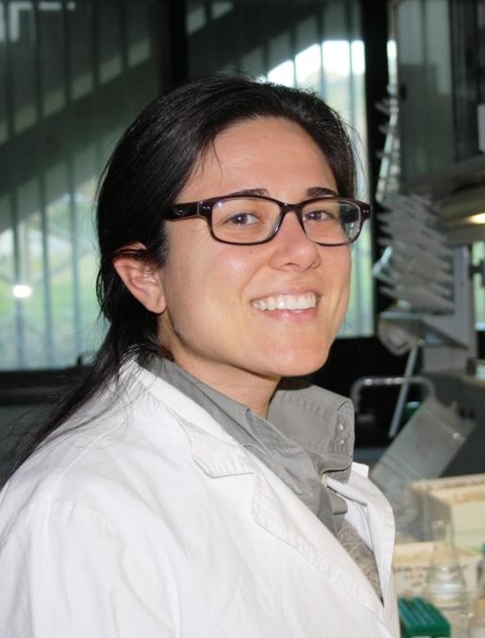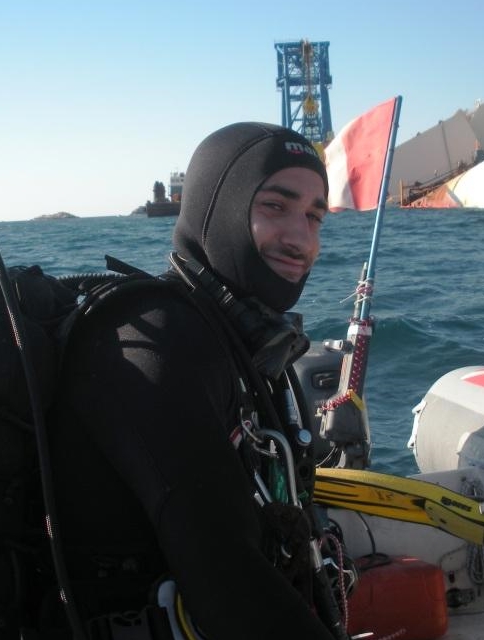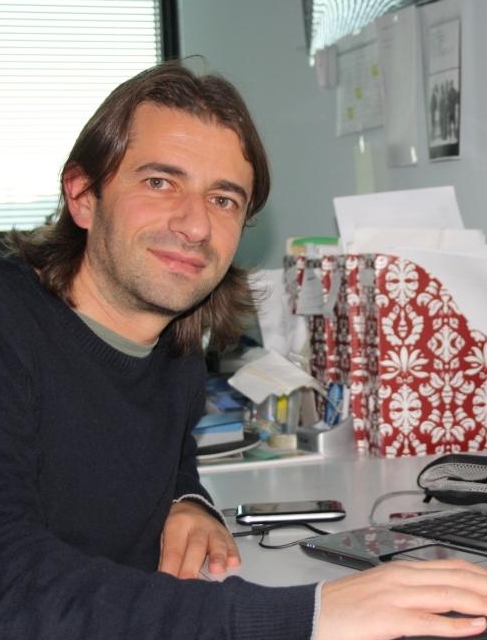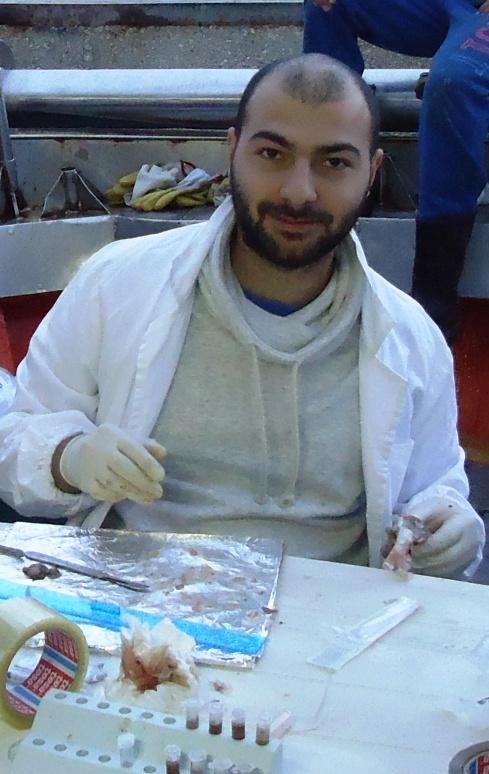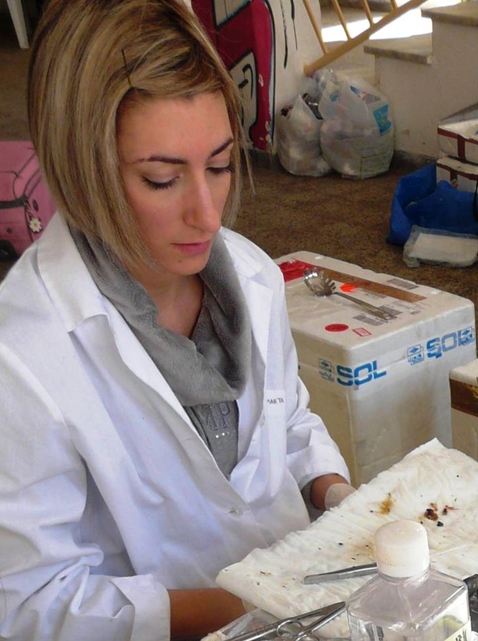|
The main research activities carried out in the Ecotoxicology and Environmental Chemistry Labs include the following topics:
|
click on the images to enlarge |
|
Use of marine organisms as bioindicators of chemical pollution
Several marine organisms, including invertebrates and vertebrates, are analysed to characterise the presence and environmental bioavailability of the main classes of chemical pollutants (trace metals, aliphatic hydrocarbons, polycyclic aromatic hydrocarbons, organo-halogenated chemicals and pesticides, organo-tin compounds, flame retardants, anionic surfactants, pharamaceuticals. Particular importance is given to the study of those biological, ecological and environmental factors which can modulate bioaccumulation, distribution of chemicals among different tissues and excretion.
|
Molecular and cellular effects of chemical pollutants
Mechanisms underlying metabolization, detoxification and toxicity of chemical pollutants are investigated at the molecular, biochemical and cellular level: the knowledge of such mechanisms allow their measurement as sensitive biomarkers for an early detection of chemical exposure or onset of adverse biological effects in marine organisms. These analyses include transcriptional gene expression, protein and catalytic activities of those pathways involved in biotransformation, detoxification, oxyradical metabolism and oxidative stress, peroxisomal proliferation, impairment and toxicity to cellular membranes, organelles and DNA.
|
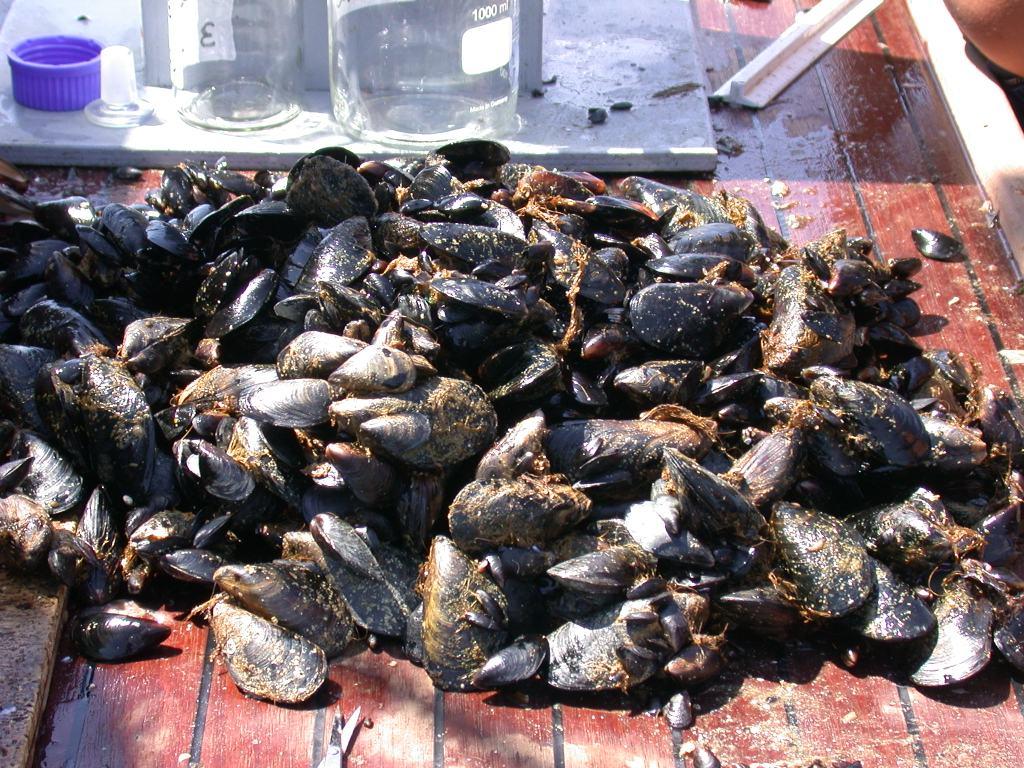 |
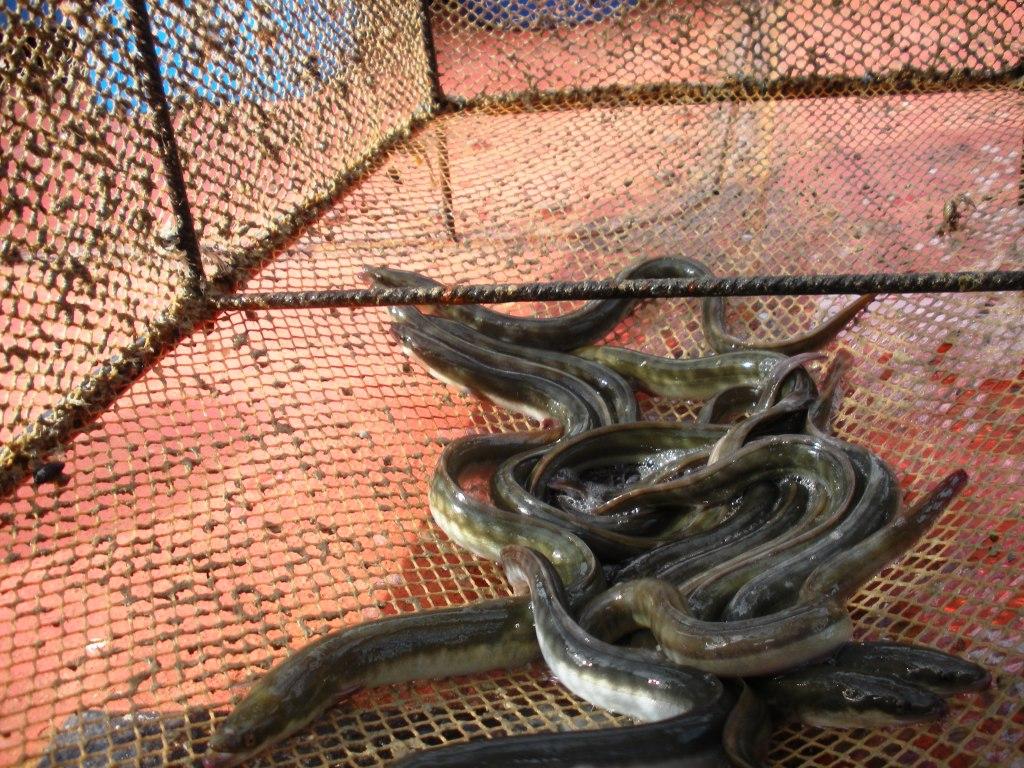 |
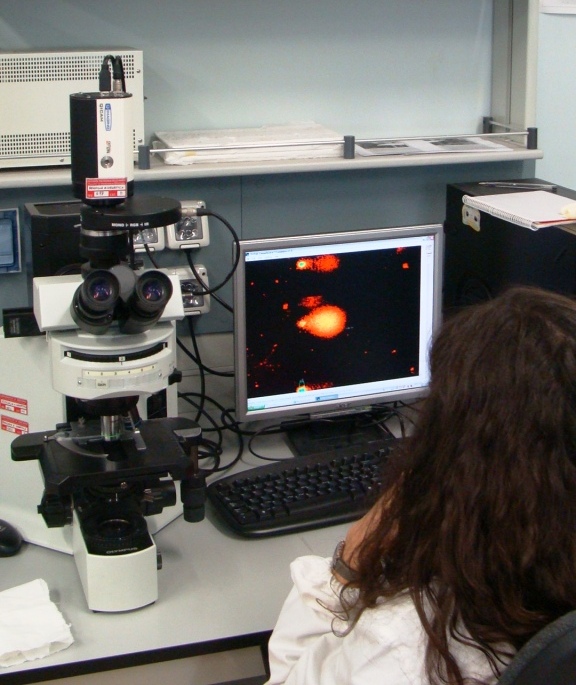 |
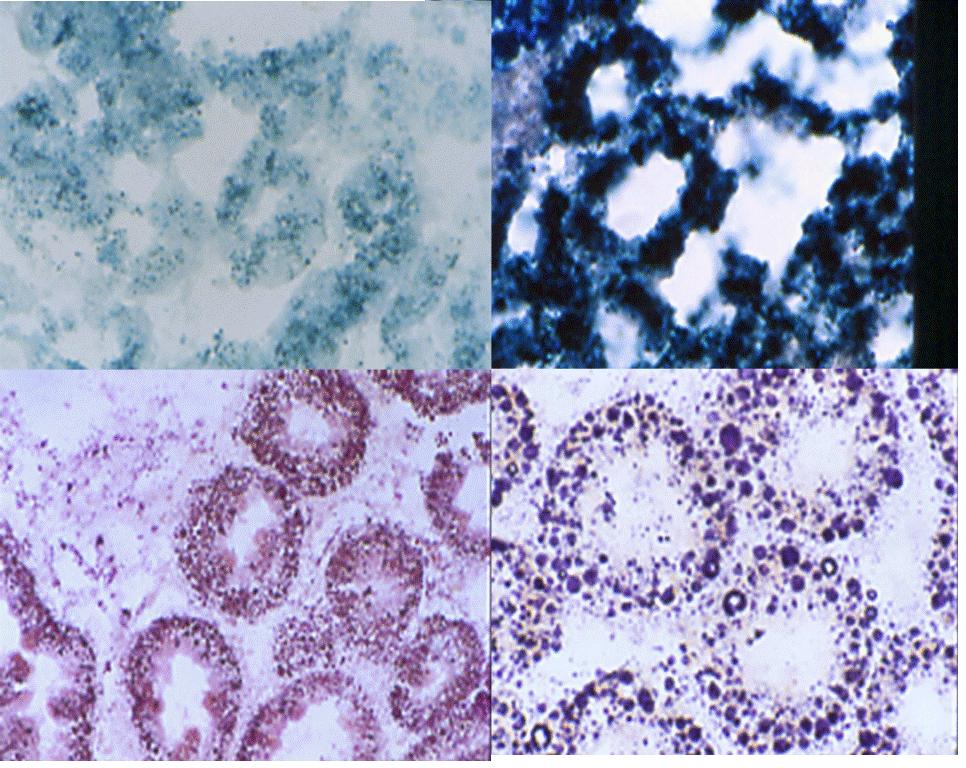 |
|
Transfer of chemical pollutants along food webs, food safety and valorisation
Transfer of chemical pollutants along marine food webs and the possible risk due to human consumption are investigated both for chemicals which are known to be biomagnificated, and for those associated to specific cases of pollution or chemical release, particularly mercury, cadmium, arsenic, polycyclic aromatic hydrocarbons and halogenated chemicals. These studies also allow to assess food safety and the valorisation of specific fish or shellfish resources.
|
Development and validation of Ecological Risk Assessment models
Ecological Risk Assessment models are based on multidisciplinary approaches which integrate several typologies of chemical-physical and biological data. The development of the conceptual model is paralleled by the continuous upgrade of a specific informatics platform and dedicated software, as a supporting tool to management decisions. Developed models (i.e. Sediqualsoft, Frashqualsoft) are applied in several environmental contexts including characterization and management of polluted sediments, harbour dredging, ecological risk assessment of environmental accidents, anthropogenically impacted coastal areas, risk assessment in freshwater basins.
|
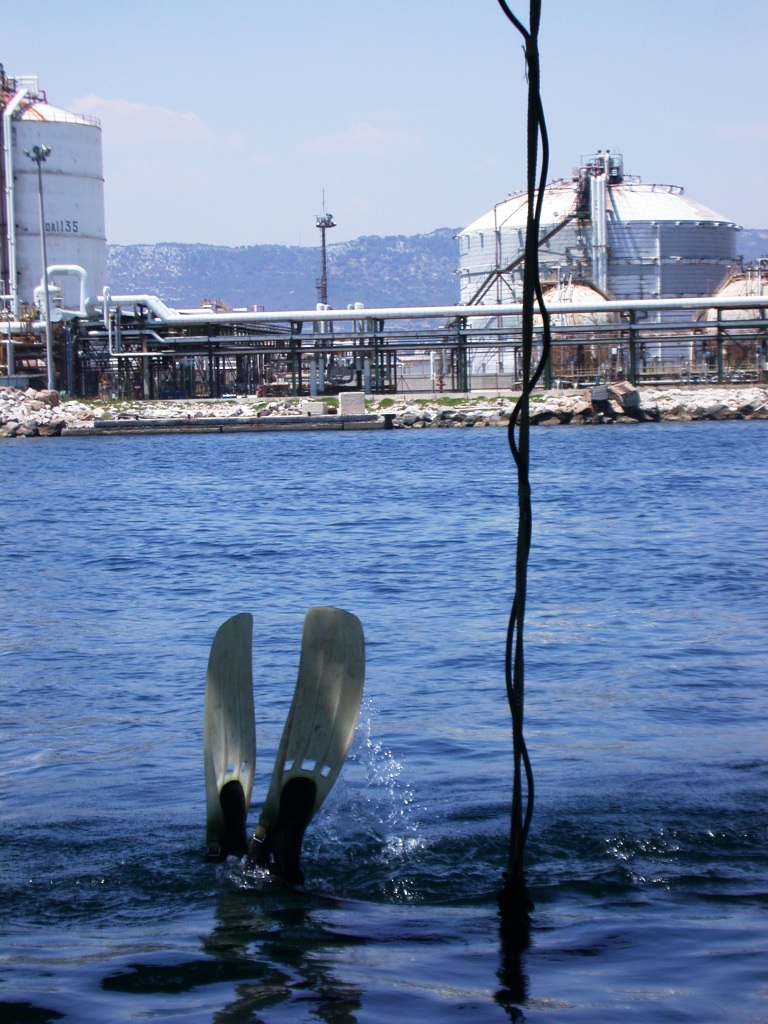 |
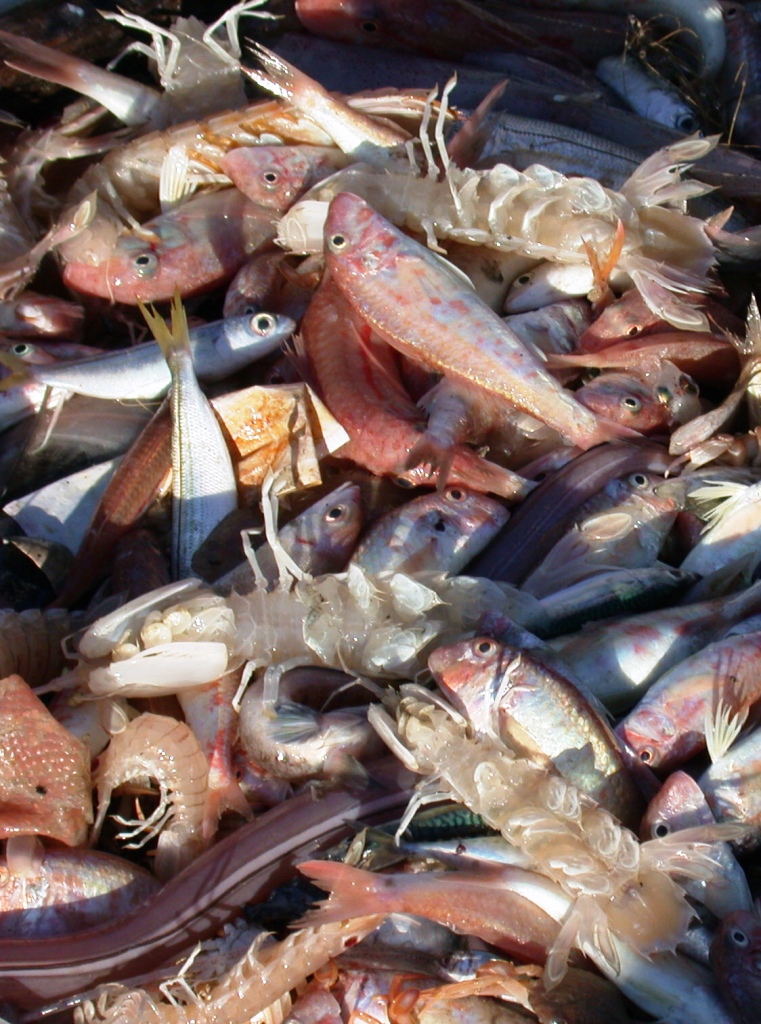 |
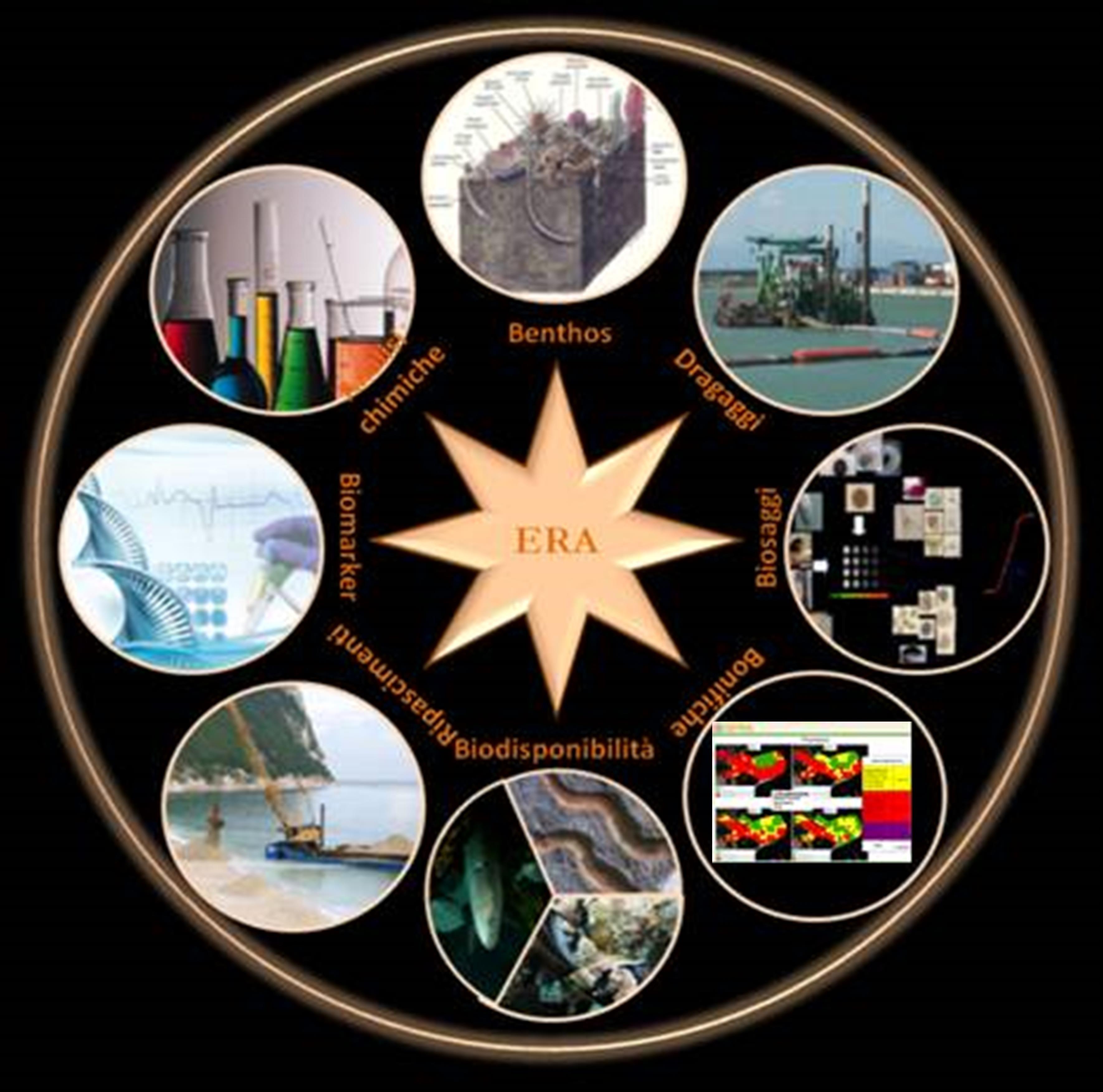 |
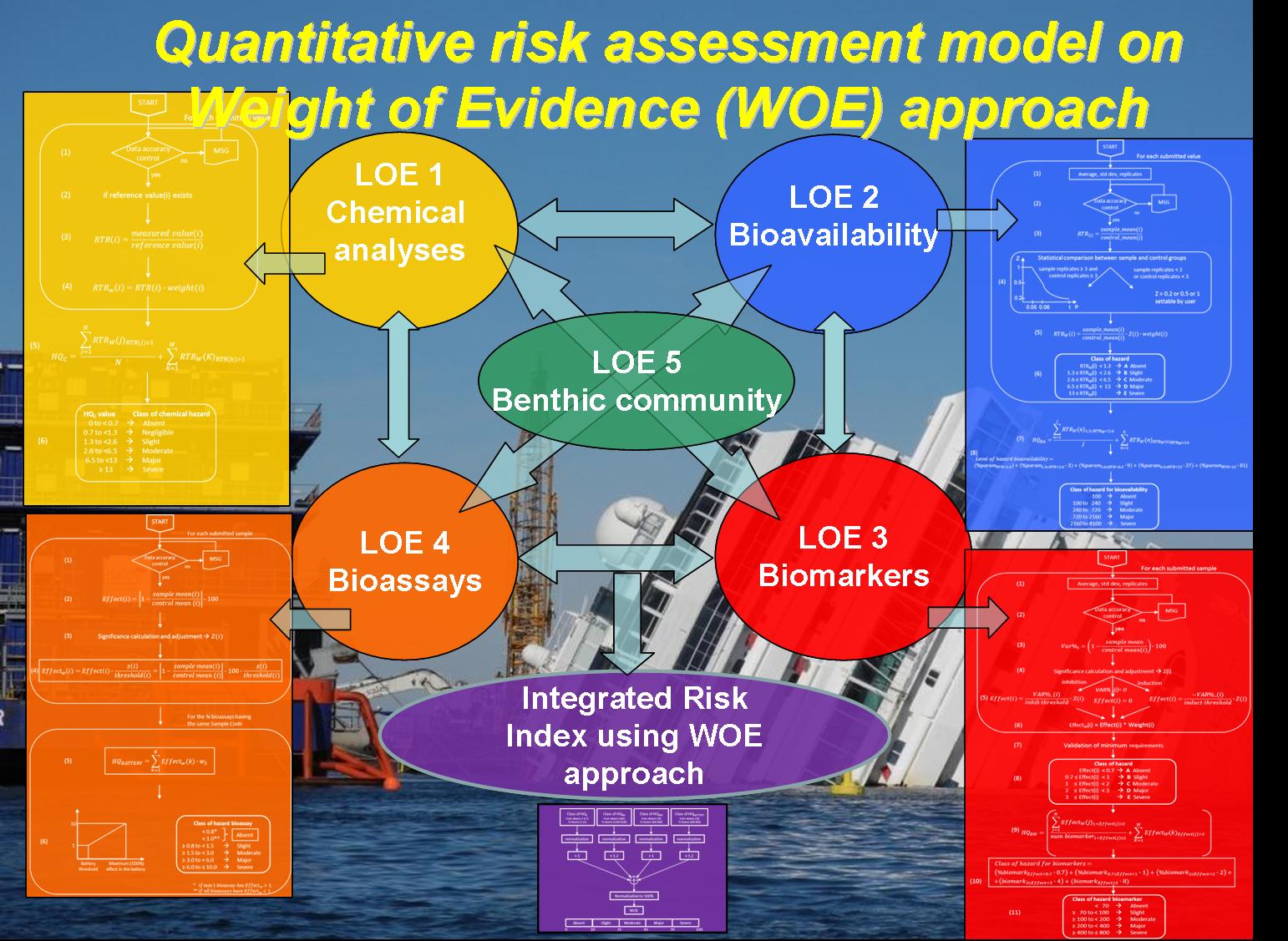 |
|
Harbour areas, dredging activities, characterization and management options for polluted sediments
Beside the characterization and evaluation of quality in harbour sediments, new criteria are developed and tested to define “class of quality” based on weighted and integrated criteria. The final aim of such studies is to allow an optimal management of sediments to the competent Authorities, guaranteeing an elevated standard of environmental quality and limiting not necessary economic expenses.
|
Off-shore installations
Monitoring of off-shore installations (including oil/gas extraction platforms and gas terminals) are carried out in different maritime regions including Mediterranean and North Sea. These studies are carried out with bioindicators organisms (both wild and transplanted organisms), analysing bioaccumulation of the main classes of environmental pollutants, and a wide array of toxicological responses reflecting the early onset of environmental disturbance. Approached issues include the environmental impact of installations and related activities, accidental or systematic release of pollutants, discharge of produced waters, characterization of toxicity of chemical additives used by Oil Companies, environmental risk assessment of accidents and use of chemical dispersants.
|
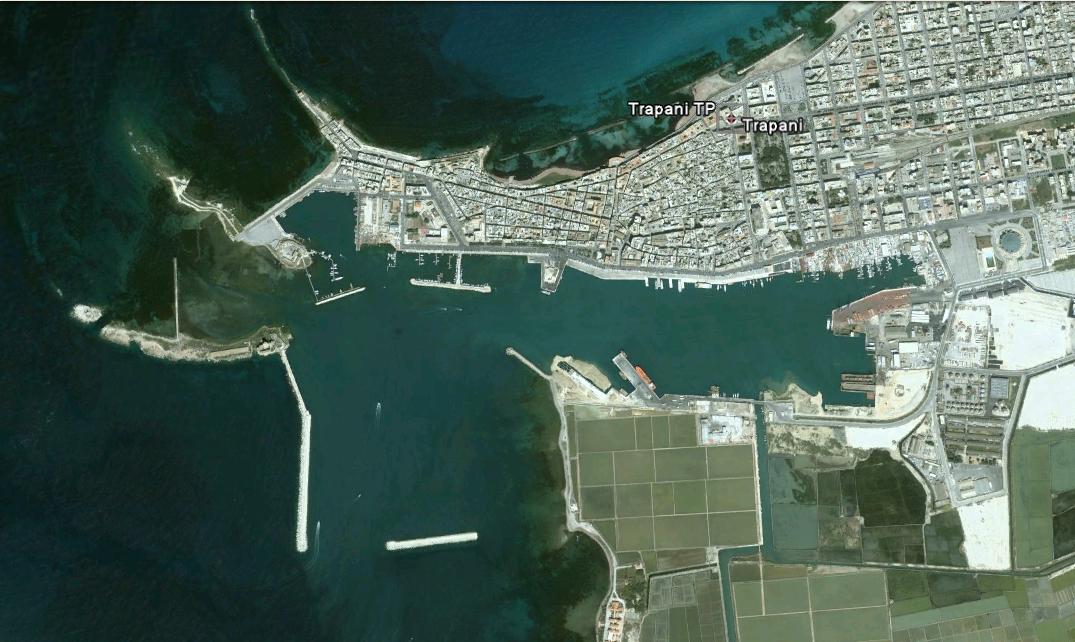 |
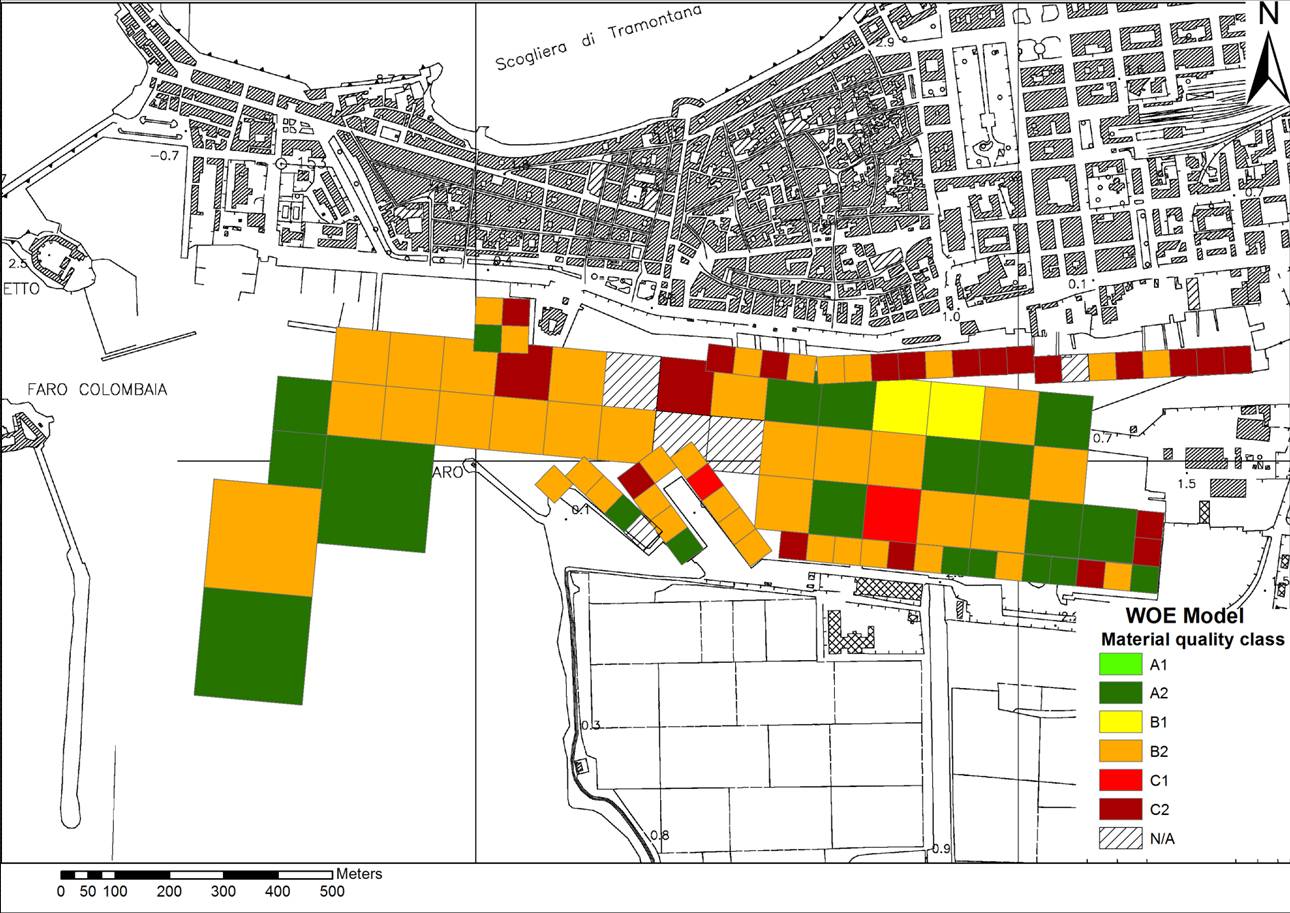 |
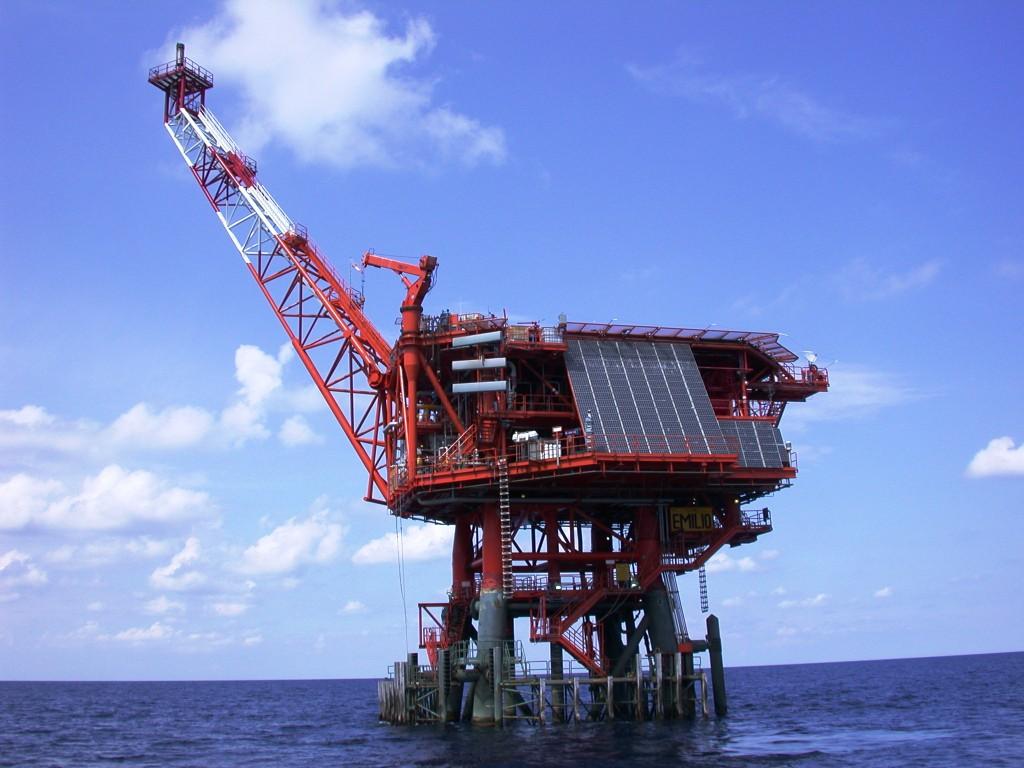 |
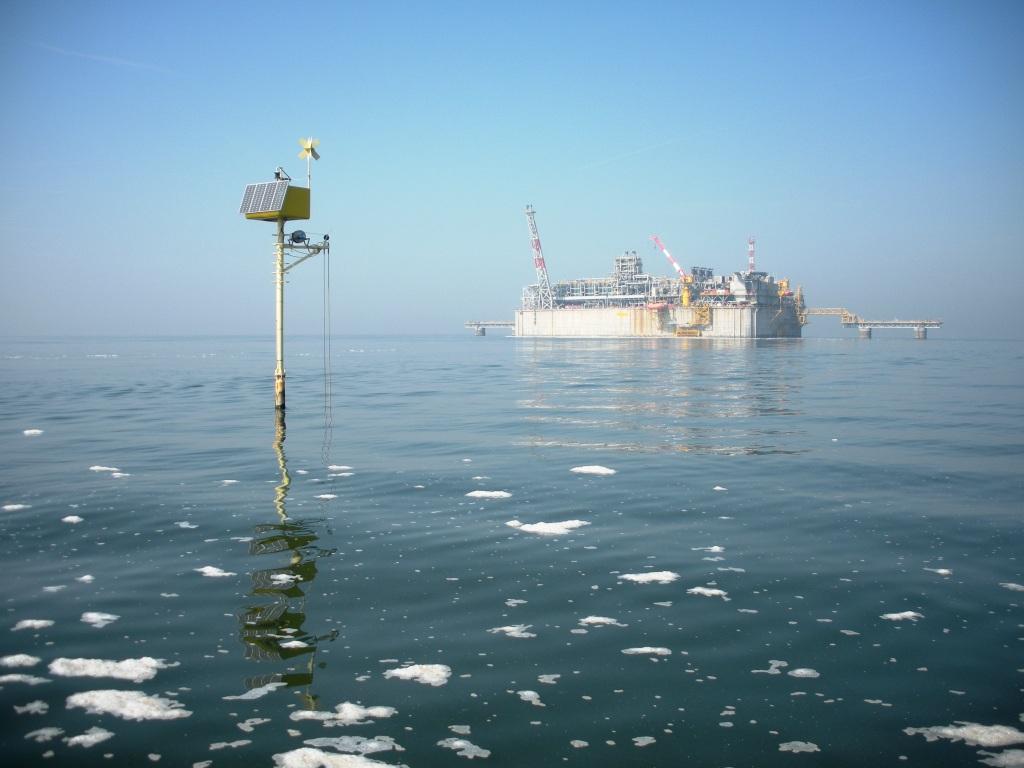 |
|
Monitoring of industrial and petro-chemical sites, environmental incidents and disasters
The ecotoxicological approach and models of ecological risk assessment are applied in several environmental contexts to evaluate distribution of chemical pollutants among environmental matrices, their transfer to biota, the onset of adverse effects at different levels of biological organization, the time-course evolution of changing environmental scenarios. Investigated areas include the petro-chemical sites of Priolo and Porto Torres, the Liquefied Natural Gas Terminal in Porto Viro, the wreck of Costa Concordia at Giglio Island.
|
Sensitivity of polar species to natural and anthropogenic disturbance
Due to the constant increase of anthropogenic activities in polar areas (including oil exploitation in the Arctic and scientific bases in Antarctica) and the predicted scenarios on global changes, it is of key importance to identify early warning signals of disturbance in key sentinel species for such delicate ecosystems. The investigations are focussed on characterization of sensitivity of both Antarctic and Arctic species, with particular emphasis to molecular and cellular responses towards chemical pollutants, increase of temperature, acidification and synergistic interactions of such multiple stressors.
|
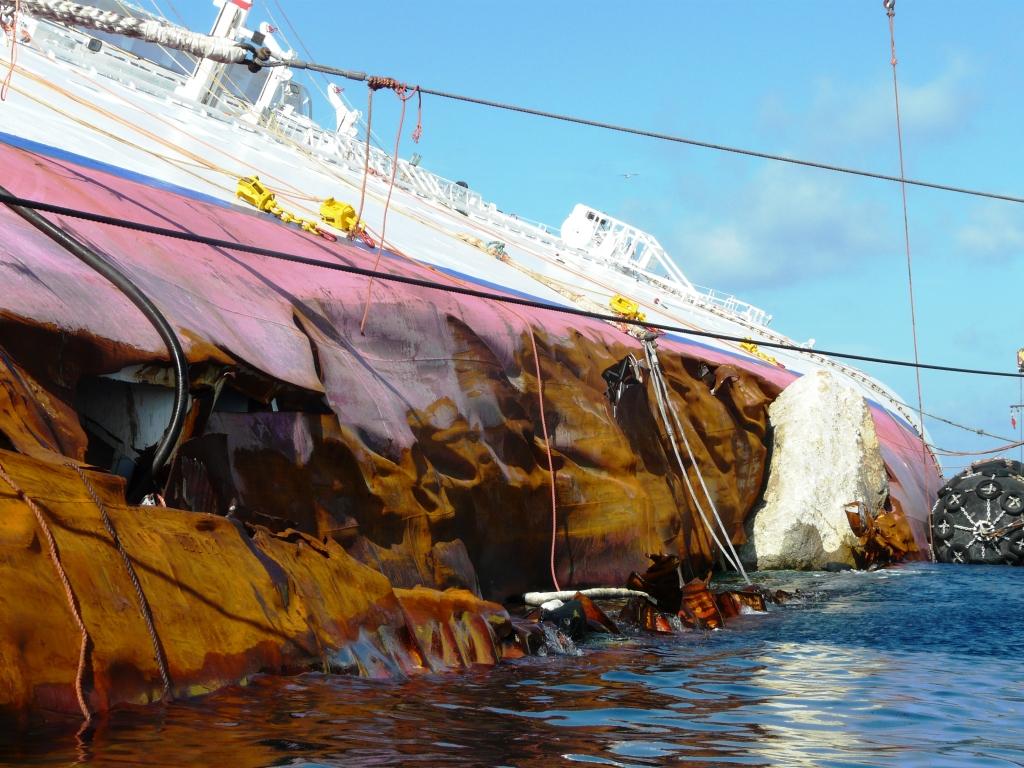 |
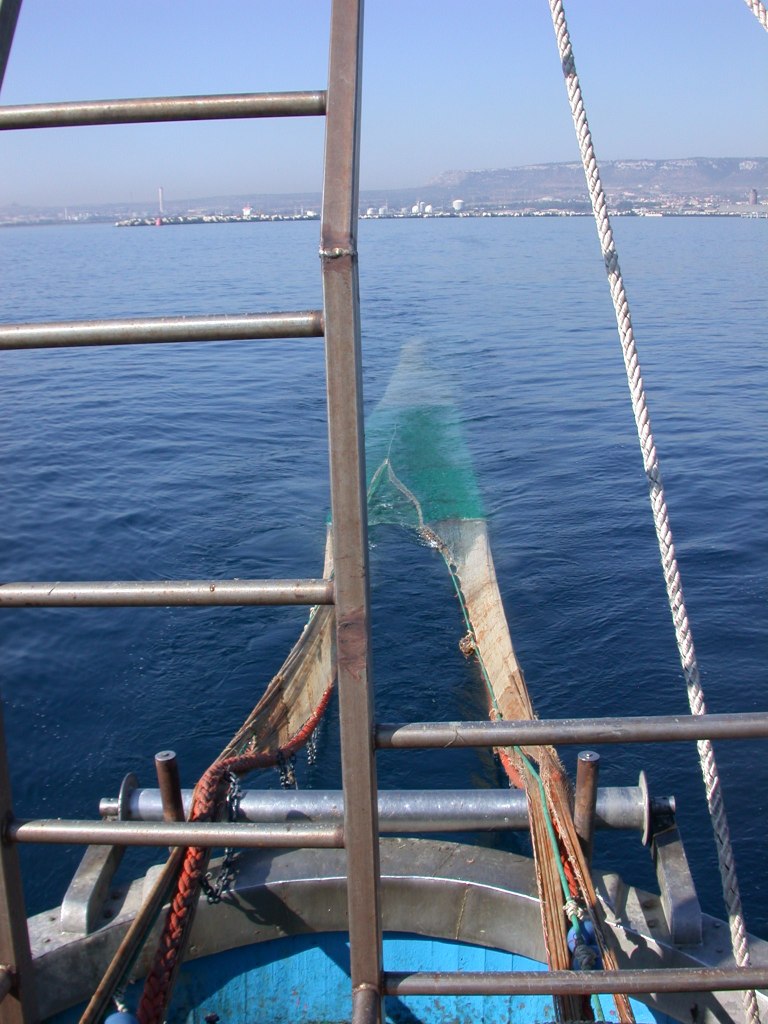 |
 |
 |
|
Chemical speciation of arsenic in the marine environment
Various arsenic compounds greatly differ for their environmental distribution and potential toxicity. Some species have developed the capability to transform more toxic arsenic compounds in anti-predatory molecules. Our studies on chemical speciation are related to characterize the origin and risk of arsenic compounds in the environment, the role of hyper-accumulation of this element in some species, molecular and cellular mechanisms of detoxification and biotransformation of arsenic.
|
Emerging pollutants: microplastics and pharmaceuticals in the marine environment
Among emerging pollutants, our studies are aimed to characterize ecotoxicological effects of microplastics, their capability to adsorb chemical pollutant, transfer to organisms, presence and distribution among food webs.
Pharmaceutical compounds, largely consumed and released in aquatic environments, are characterized in terms of presence and bioaccumulation in marine organisms, molecular and cellular responses, onset of toxicological effects in non target organisms. The overall objective of these studies is to contribute to environmental risk assessment of such emerging pollutants.
|
 |
 |
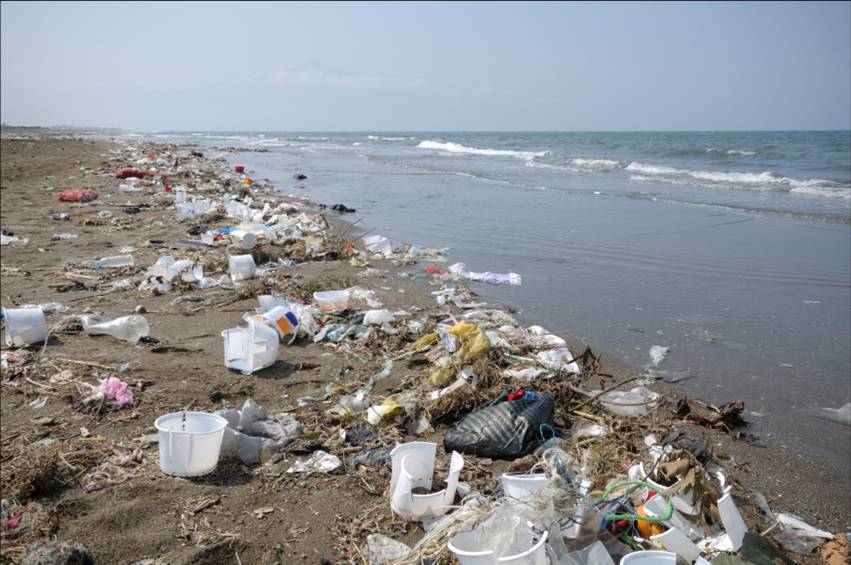 |
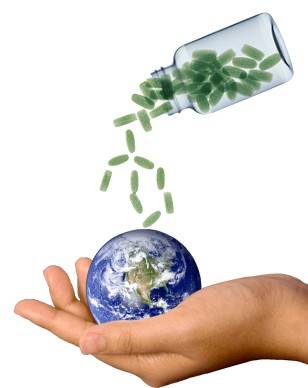 |
|
Ecotoxicological effects of algal toxins and metabolites
Considering the increased level of alarm toward harmful algal blooms (i.e. Ostreopsis cf. ovata and Azadinium sp.), investigations are directed to clarify different pathways by which algal toxins are transferred to organisms (including those for human consumption), ecotoxicological effects at molecular and cellular levels on both invertebrate and vertebrate models. Molecular and cellular responses are also analysed in species exposed to metabolites of invasive species like the green alga Caulerpa racemosa, which recently became an important item in the diet of several commercial fish species; the aim is to evaluate the role of molecular and cellular mechanisms in modulating ecological effects of invasive species and possible consequences on local populations.
|
Adaptive mechanisms to extreme environments
Antioxidant systems have a key role in adaptation to extreme environmental conditions or when organisms are exposed to higher risk of prooxidant pressure. Antarctic organisms represent a particularly interesting model to investigate the delicate balance between natural oxidative challenge and efficiency of antioxidant defences. Also symbioses between invertebrates and photosynthesizing organisms are useful to better understand biological adaptation to hyperoxia in tissues.
|
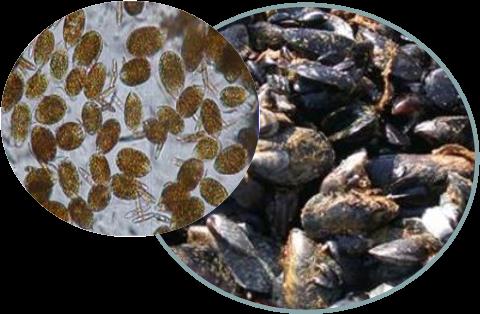 |
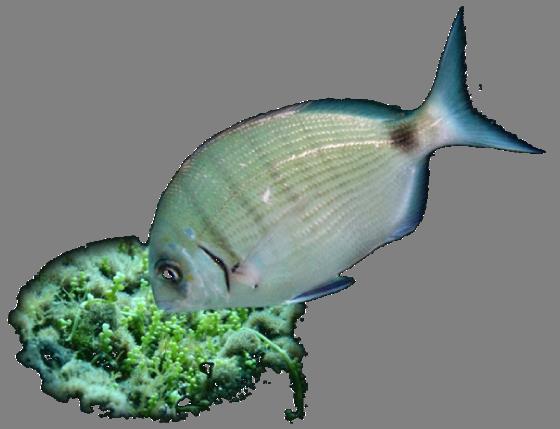 |
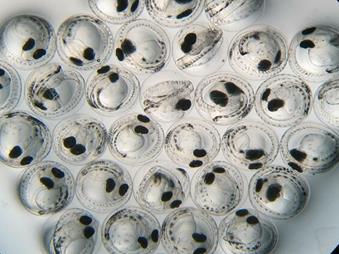 |
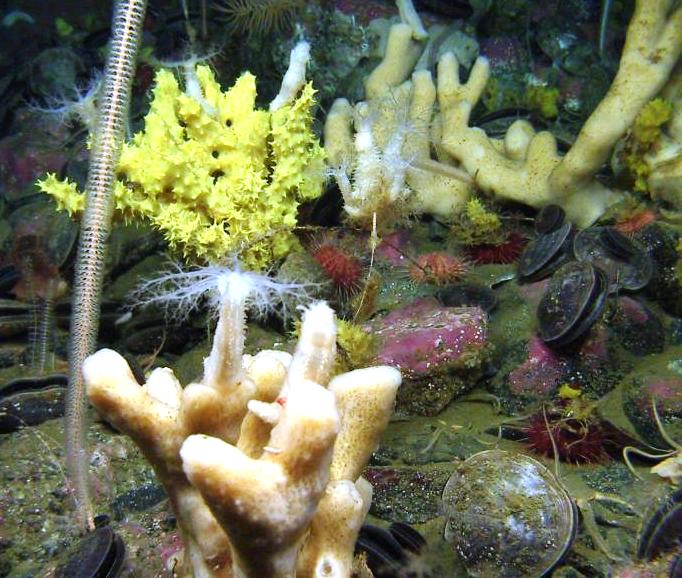 |
|
Susceptibility of penguins to natural and anthropogenic disturbance
Emperor and Adeliae penguins have developed an elevated resistance to oxyradical toxicity, probably related to frequent switches between aerobic and anaerobic metabolism during dives. Such conditions of hypoxia/re-oxygenation are a potential source of oxidative challenge which might be exacerbated by exposure to chemical pollutants.
|
Development of innovative criteria for monitoring ecotoxicological effects of air pollution in urban areas
The use of bioindicators organisms and ecotoxicological approach is applied to develop innovative criteria for monitoring air pollution in urban areas. Molecular and cellular responses are integrated with bioaccumulation of various classes of chemical pollutants in sentinel species transplanted in urban areas to assess the real eco-toxicological risk, difficult to evaluate only thorough conventional monitoring stations which do not consider the carcinogenic potential of several compounds and the synergistic effects occurring in complex matrices, or the toxicological modulation by particulate or other environmental factors.
|
 |
 |
 |
 |
| Recent research projects |
|
- Polar cod, lipid metabolism and disruption by polycyclic aromatic hydrocarbons, POLARISATION. Funded by Norwegian Research Council (2012–2015). Responsible Prof. F. Regoli
- Ecotoxicological study on molecular and cellular responses in marine organisms as a consequence of activities at the GNL Terminal of Porto Viro. Funded by ISPRA (2013-2014). Responsible Prof. F. Regoli
- Characterization of the harbour area of Trapani and development of innovative criteria for characterization of quality class of dredged sediments. Funded by Ministry of Infrastructures and Transports (2012-2014). Responsible ULR CoNISMa Prof. F. Regoli
- Biological effects and ecotoxicological risk in marine organisms after the wreck of M/N Costa Concordia. Funded by Italian Civil Protection -ISPRA (2012-2014). Responsible Prof. F. Regoli
- Development of an applied tool for Ecological Risk asssessment in freshwater ecosystems, sediments and soils. Finanziato da SAIPEM S.p.A. (2013). Responsible ULR CoNISMa Prof. F. Regoli
- Marine Strategy Framework Directive (MSFD). Scouting and evaluation of data related to Descriptor 8.1 (Concentrations of contaminants) and 8.2 (Effects of contaminants) for Adriatic, West Mediterranean and East Mediterranean. Funded by ISPRA-CoNISMa (2012-2013). Responsible ULR CoNISMa Prof. F. Regoli
-Caulerpa racemosa and Diplodus sargus: an integrated model to investigate the impact of secondary metabolites of invasive species in the Mediterranean (CAUDIP). Funded by Ministry of Instruction, University and Research, PRIN 2009 (2011-2013). Responsible Dott.ssa S. Gorbi
|
- Observations, experimental analyses and modelling for management of multiple stressors in coastal areas (TETRIS). Funded by Ministry of Instruction, University and Research, PRIN 2010-11 (2013-2015). Responsible Prof. F. Regoli
- Analysis of molecular and cellular responses in wild fish exposed to metabolites of invasive alaga Caulerpa racemosa (CAULERFISH). Funded by Ministry of Instruction, University and Research, PRIN 2012 (2014-2016). Responsible Dott.ssa S. Gorbi
- Presence of azaspiracids in Adriatic mussels: methods of toxins identification and ecotoxicological risks. Funded by Ministry of Health- Istituto Zooprofilattico Sperimentale Umbria e Marche (2013-2015), Responsible Dott.ssa S. Gorbi
- Ecotoxicological evaluation of the impact during installation and use of a conterminated disposal facility for sediments dredged from the harbour of Leghorn. Funded by ISPRA (2013-2016). Responsible Prof. F. Regoli
- Adaptation and responses to climate change and anthropogenic pressures in key species of Antarctic marine ecosystem: role of lipid metabolism and reactive oxygen species. Funded by Programma Nazionale di Ricerche in Antartide, PNRA-Bando 2013 (2013-2015). Responsible Prof. F. Regoli
|
| Staff |
|
Professor
071-2204613
|
 |
Researcher
071-2204142
|
 |
Researcher
071-2204142
|
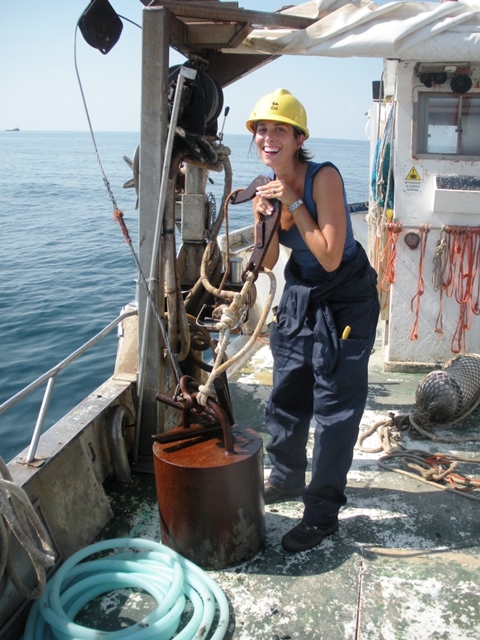 |
Dott. Daniele Fattorini
Lab Technician
071-2204308
|
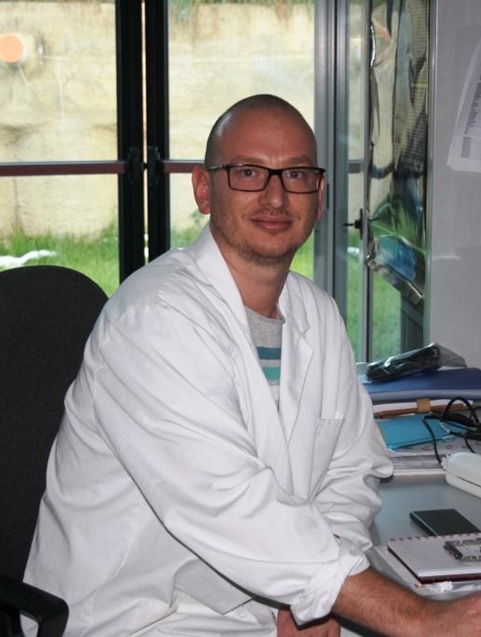 |
